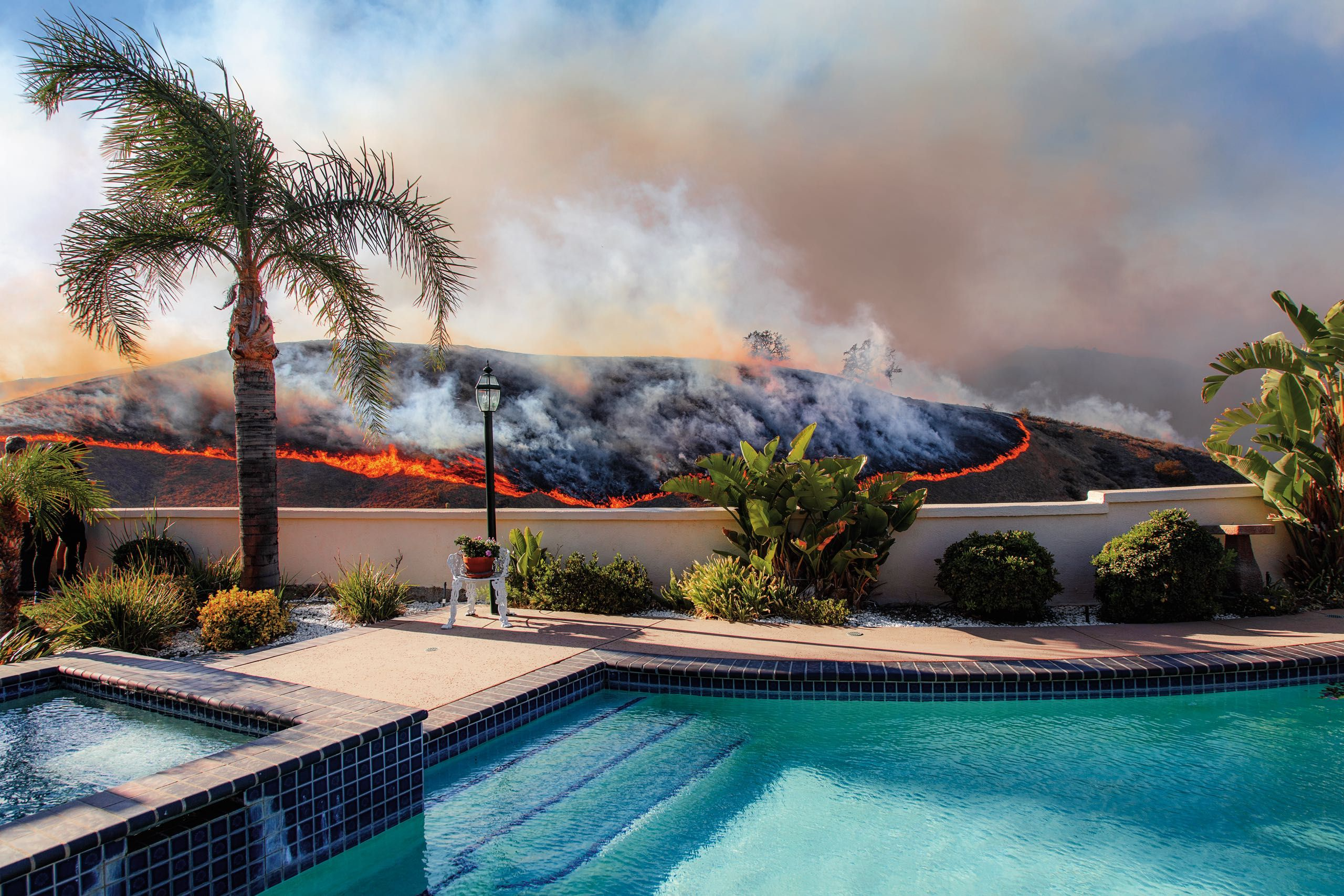Can Urban Yards Survive the New Era of Weather Extremes?
Across the country, homeowners are facing a growing challenge that’s creeping in from the edges of driveways and saturating front lawns: unpredictable weather. Sudden storms, flash floods, and prolonged droughts are no longer rare — they’re becoming the norm. And for people living in cities and suburbs, maintaining a healthy yard is starting to feel like a battle against the elements.
But the problem isn’t just cosmetic. When a yard floods or erodes, it can lead to deeper structural issues — from cracked foundations to unsafe walkways and mosquito breeding grounds. The question isn’t just how to make a yard look good anymore; it’s how to make it survive.
The New Normal for Residential Landscapes
Historically, most residential landscapes were designed with aesthetics in mind: manicured grass, decorative beds, and maybe a few trees for shade. But as climate patterns shift, these traditional layouts are starting to show their weaknesses. Lawns that once drained naturally are now soggy for days. Slopes that rarely shifted are suddenly eroding after each storm.
The rise in impermeable surfaces like driveways, sidewalks, and even synthetic turf compounds the problem, leaving little room for water to naturally soak into the ground. Instead, it pools, stagnates, or rushes toward lower ground, taking soil and nutrients with it.
Small Yards, Big Challenges
Urban and suburban lots present a unique challenge. Unlike sprawling rural properties, city yards often come with limited space and even more limited flexibility. A single downspout or misaligned slope can cause water to accumulate in unwanted places — often right next to a foundation or entrance.
To combat this, more homeowners are turning to landscape redesigns that prioritize function as much as form. Rain gardens, permeable pavers, and regraded plots are becoming part of everyday conversations. These aren’t just upgrades — they’re adaptations for the future.
Rethinking What a Yard Should Be
There’s also a cultural shift taking place. A new generation of homeowners is reimagining what a “lawn” should be. Rather than a vast carpet of turf, they’re experimenting with native grasses, gravel pathways, and even edible gardens that handle water more naturally and require less maintenance.
Sustainability and practicality are moving to the forefront. People want their outdoor spaces to be beautiful, yes — but also resilient. And that requires thinking strategically about how water moves, settles, and supports the ecosystem around it.
The Hidden Systems Beneath Our Feet
At the heart of these changes is a renewed interest in what lies beneath the surface. A healthy yard isn’t just about what’s planted — it’s about how well the soil absorbs and drains. Without proper infrastructure, even the most stunning landscape can turn into a soggy, unusable mess.
That’s why many are exploring professional lawn drainage solutions to create systems that work in harmony with both nature and neighborhood infrastructure. After all, the battle for yard survival in this new era of weather extremes starts with what happens underground.
READ MORE : Monetizing the Micro-Moment: How Finance Is Being Fragmented Into 10-Second Decisions
Urban yards are increasingly struggling to survive in the face of extreme weather events brought on by climate change, such as intense heatwaves, heavy rainfall, and prolonged droughts. Traditional landscaping, which often relies on non-native plants and high water use, is proving unsustainable under these conditions. As temperatures rise and weather patterns grow more unpredictable, homeowners and city planners must adapt by embracing climate-resilient landscaping practices—such as xeriscaping, native plant cultivation, and improved soil management—to help urban yards remain green, functional, and sustainable in this new era of environmental stress.

